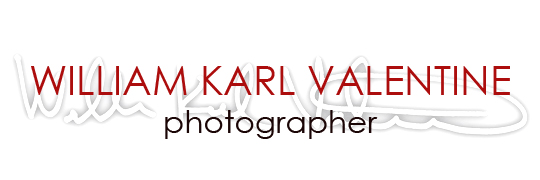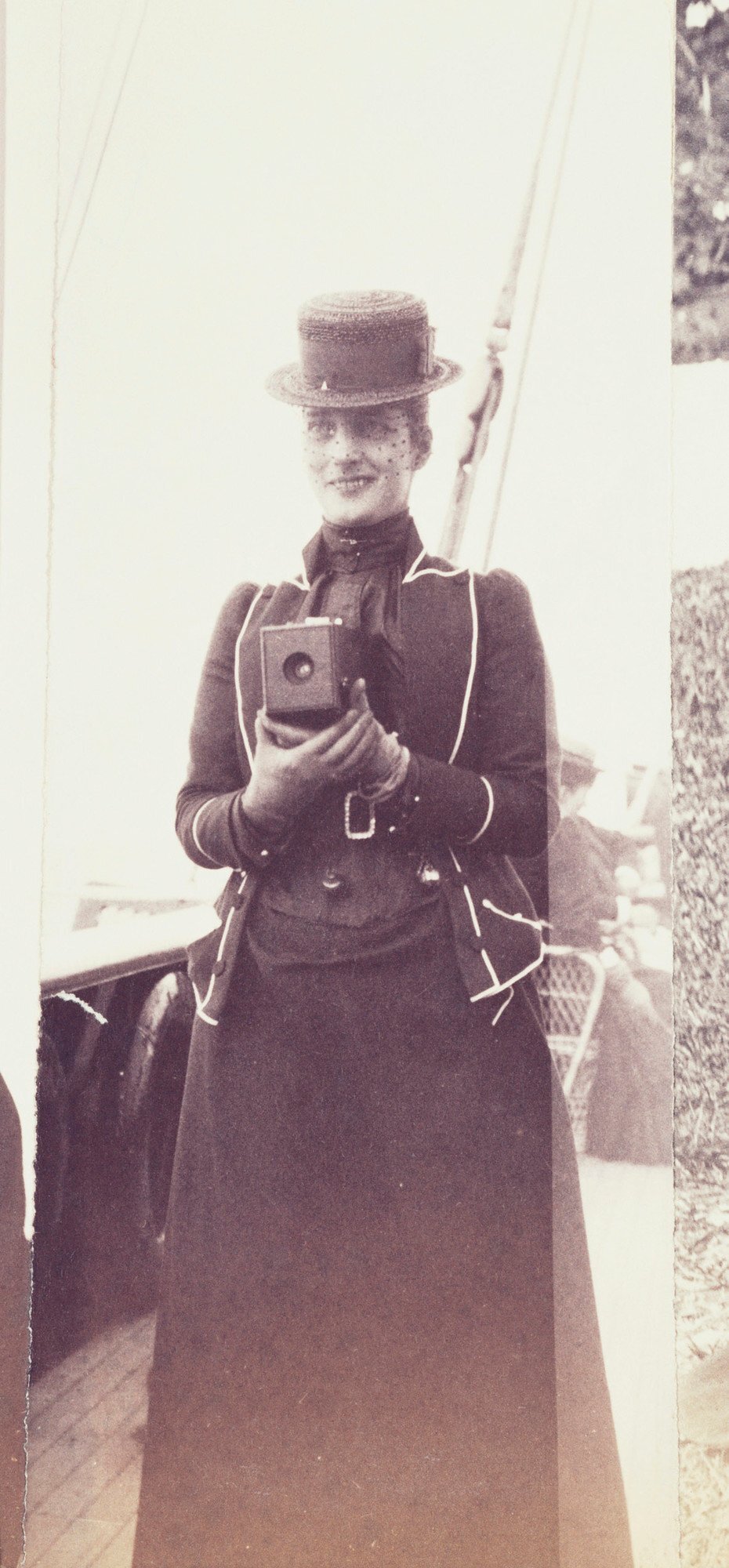“A king, or a queen, is less mighty than the power of a camera.”
Lucy Worsley
First and foremost, I need to say I am not in to all the current television series about the British Royals or Victorian life, so that is not the reason for authoring this post. I decided to author this post because of the solid job Lucy Worsely did showcasing how important photography has been for the British monarchy since the beginning of the medium.
1839 is generally considered to be the year photography began. Louis Dagueere announced his Daguerreotyope process in France and William Henry Fox Talbot announced his calotype negative and salt print process in England. Nicéphore Niépce also needs to be recognized for his work in the mid 1820’s capturing and fixing images with a camera, although those photographs took hours and days to expose.
Photography, including videos & film, is arguably the most powerful tool for communicating. Images can be understood universally, nothing needs to be translated, a person does not even need to literate to experience a photograph.
The saying “A photograph is worth a thousand words” is so true. But I think it is important that we need to recognize a photograph that documents 1/400th of a second of time in history has limitations. It often does not tell the whole story and can be taken out of context as can video clips. We are experiencing this daily now as everything seems to be livestreamed or documented by someone. As a quick sidenote I looked up the saying above for the history and found that in March 1911 the Syracuse Post-Standard attributed Tess Flanders as the first to say “Use a picture. It’s worth a thousand words”. Tess was at banquet to discuss journalism and publicity at the time.
I have long been aware of photographic portraits of Queen Victoria; she most likely was photographed more than anyone else in her period. I had not given any real thought to the fact she was using photography as a means of communicating to her people. Lucy Worsley highlighted this fact in her PBS episode Royal Photo Album. Lucy showed how Victoria changed how her portraits were done to reflect her life. Emotionless face with black garments following the death of her beloved Prince Albert and the decade of morning then realizing she needed to be more personable to reengage people after that. It was fascinating how the royal family used photography early on to maintain their public image by documenting their lives, then how photography began to damage their family brand when the royals were no longer able to control the images and subject matter. Scandals were captured and exposed to the world.
I had no idea that Queen Alexandra was such a prolific photographer, obtaining a Kodak Box Brownie soon after it was released to the market. Because of her access she made incredibly intimate photographs of the royal family and I had no idea she published a hugely popular book of her photographs. Alexandra highlights the fact photography was accessible to women photographers since the beginning. I also believe the medium has progressed since then to be the most inclusive artform.
This documentary also highlighted the work of Anwar Hussein, a long time official royal photographer, and some of Cecil Beaton’s images including how he created Queen Elizabeth’s official coronation portrait.
I happened to see this 2020 documentary this morning by accident while changing channels. It is on PBS, if you have a membership, you can access it online, otherwise I would encourage you to check TV listings for the next airing. For anyone with an interest in the history of photography, the history of the royal family, or the impact imagery has on our world it is well worth the time to watch this program.


